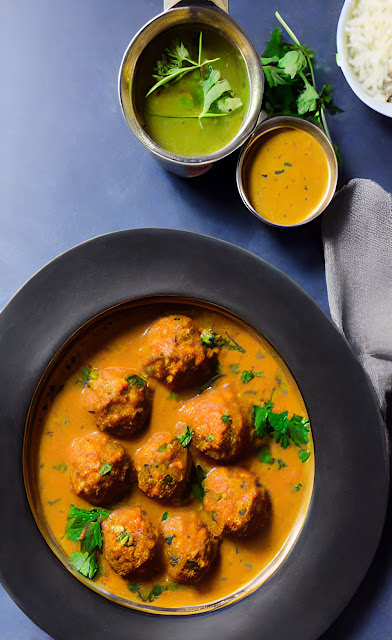Ayva Tatlisi, sweet quince
Quince is a fruit that resembles a "deformed" pear but is larger in size. Its flesh is rough and acidic, making it unappealing to the palate. In fact, most dietary guidelines do not consider it edible in its raw form.
It is native to Persia, although it is hardly cultivated there today, with Turkey being the world's leading producer. In Turkey, it is consumed in its raw form (when it is very ripe and more palatable), although its most obvious use remains in preserves and pastry.
The recipe I'm presenting here is called Ayva Tatlisi and is very easy to prepare.
The result is nothing like the heavy quince our mothers used to give us as a snack at school. It is, quite unbelievably, soft and almost light.
By the way, Ayva means quince, and Tatlisi means sweet.
INGREDIENTS:
- 1.1 pounds (500 grams) of quinces
- 9 ounces (250 grams) of sugar
- 1 cinnamon stick
First, peel the quinces and remove the seeds. Do not discard the seeds or the peel; instead, put them to boil in one liter of water for an hour. Strain the liquid, and immediately add the 8.8 ounces (250 grams) of sugar and the cinnamon stick while the liquid is still hot. Stir until it dissolves.
Serve it as a dessert with a scoop of creamy vanilla ice cream on top or directly with cream (which is how it's served in Turkey). Since quince is in season, it's worth trying this recipe. It's a spectacular dessert that you'll definitely want to make again.
Know more about Turkey with this book of Mediterranean Cooking





Comments